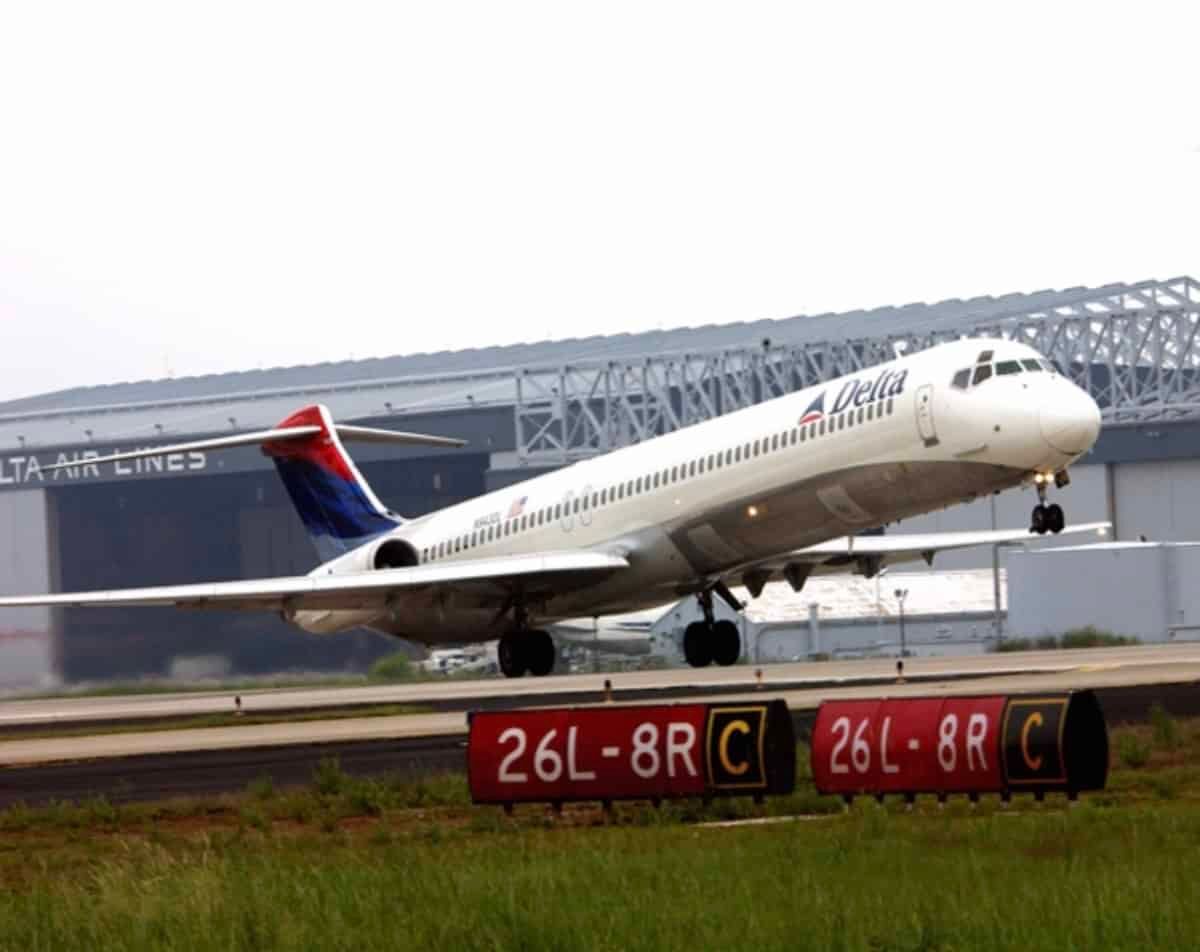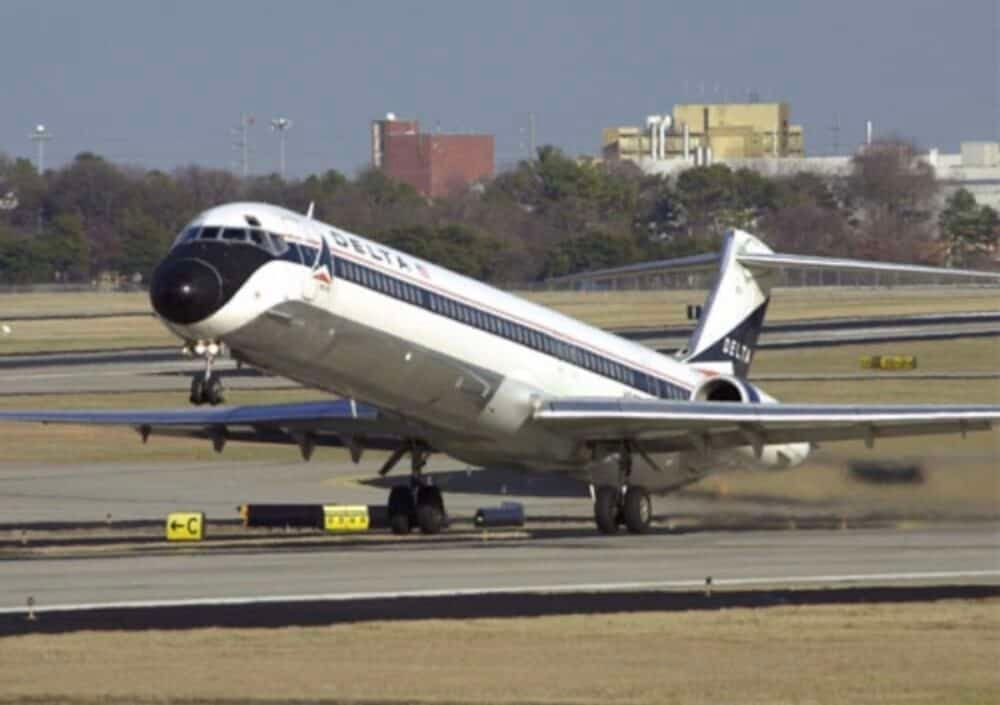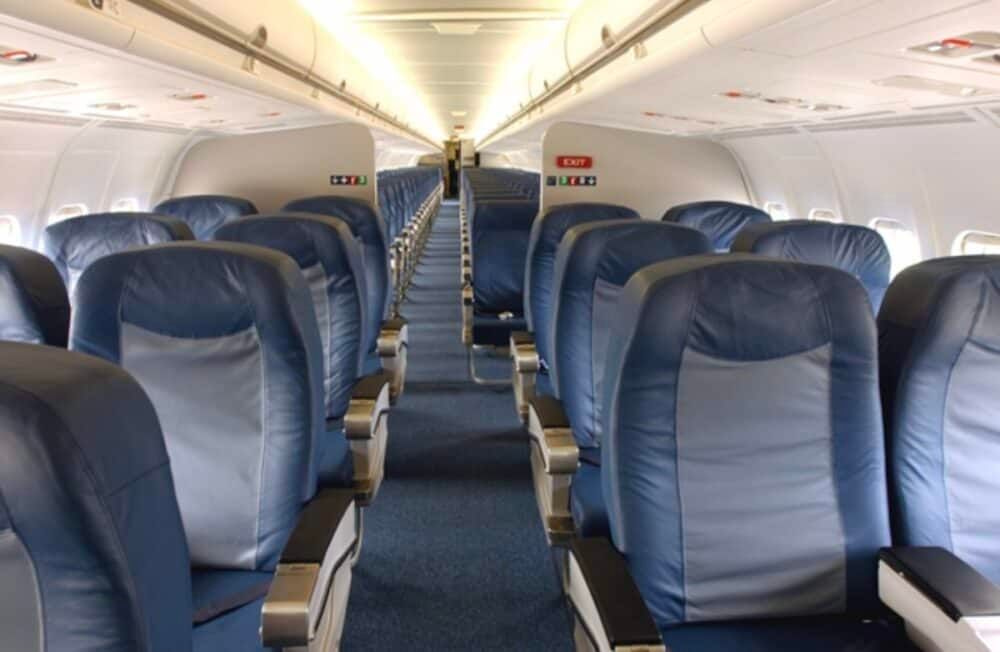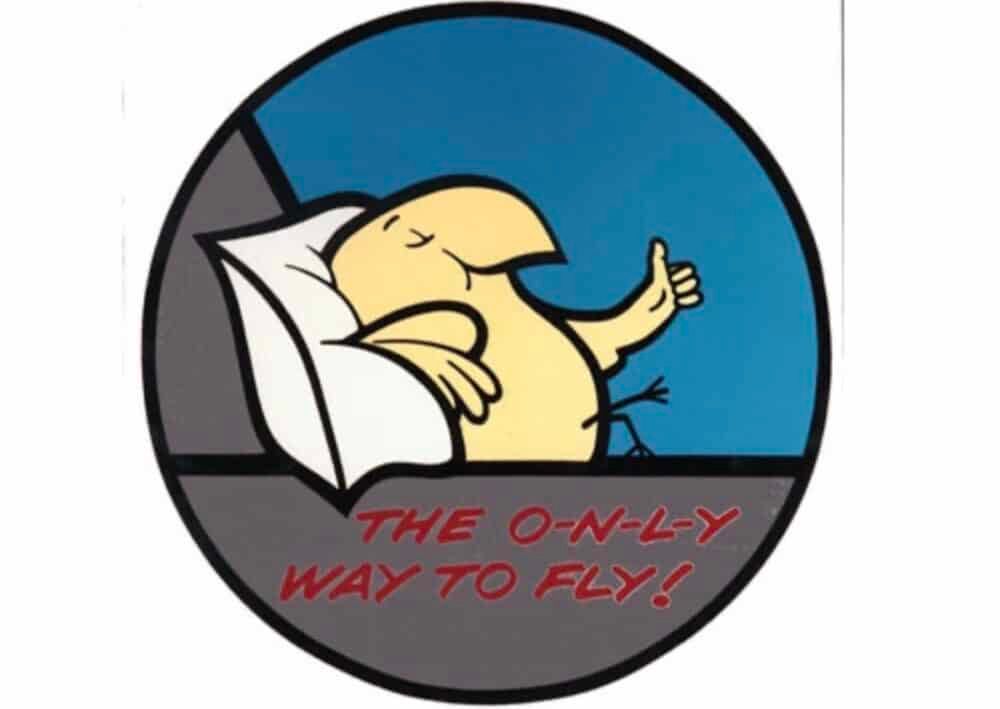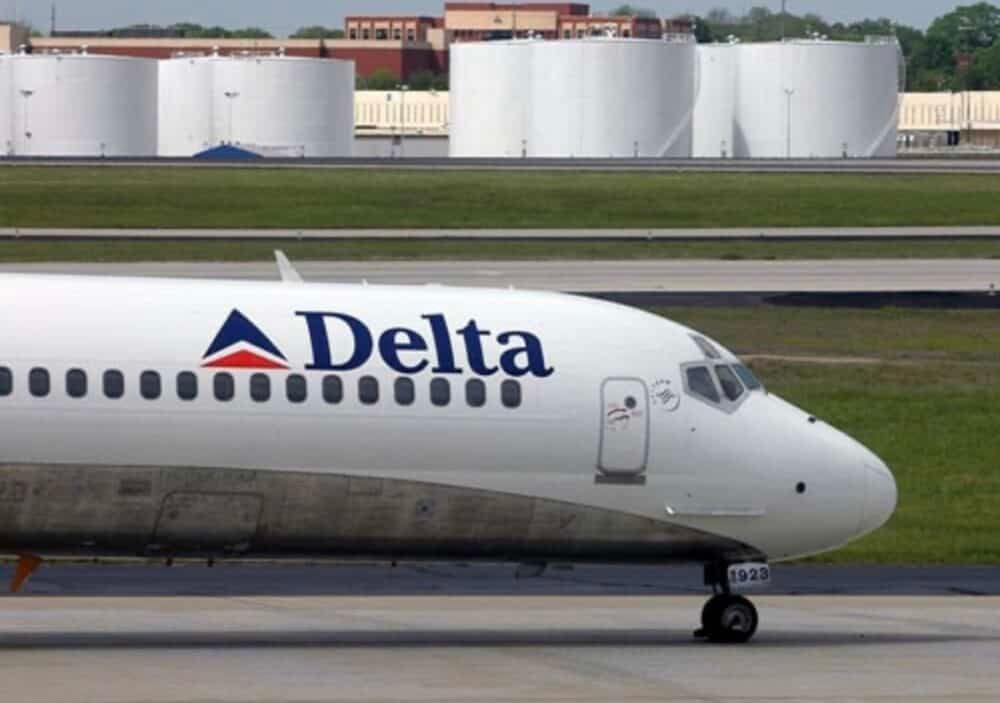Delta Air Lines retired its McDonnell Douglas MD-88 aircraft last month. The narrowbody leaves the airline's services after 33 years in the air. With this farewell, let's take a look at why the Atlanta outfit took on the jet in the first place.
Finding the right solution
After experimenting with various aircraft following the dawn of the jet age, Delta was ready to advance to the next level. Moreover, by the time the 1980s were in full swing, manufacturers had ramped up the technology of their jets, offering greater capabilities.
In 1973, the operator turned to the Boeing 727 for its ability to land on smaller airport runways and perform well on short-medium range journeys. However, this type became outdated against new units on the scene in the following decade. According to the Delta Flight Museum, the carrier ultimately took on the MD-80 family to cruise at the 727's speeds but with enhanced fuel economy.
Delta placed an initial order for 30 MD-88s in January 1986. It also had options to take on 50 additional units. However, eight of the planes arrived at the company as MD-82s, which was the predecessor to the MD-88.
These initial eight planes were delivered between March and May 1987, with registration numbers between N901DL and N908DL. Nonetheless, they were soon modified to the MD-88's configuration in 1988.
Important upgrades
Delta already flew with the Douglas DC-9 since 1965, this model was acquired to perform jet services for routes of 500 miles or less. The MD-88 was developed from this type with an overhaul of features. It had twice the passenger capacity of the first version, along with modernized engines and avionics.
142 passengers could fit onboard the aircraft. 14 of them could be seated in first class while 128 could travel in coach. The aisles were wider than the usual 22-inch ones in the coach cabin. Therefore, passengers were able to pass flight serving carts without getting in the way. Furthermore, the handrails that were along the edge of the overhead bins gave extra comfort and safety for customers to walk through the cabin.
The two Pratt & Whitney JT8D-219 engines helped transport these fliers at 574 mph. Additionally, the plane had a range of 1,564 nmi. Moreover, pilots could enjoy the new glass cockpit that also had digital displays powered by cathode ray tubes (CRTs).
Strong prospects
These jets to be primarily used for the expansion of three major traffic hubs in Atlanta, Dallas, and Cincinnati. The operator also wanted to increase activity at other budding hubs. David C. Garrett, Jr., Delta's board chairman and CEO during this period, highlighted why his airline chose this aircraft for these journeys.
"Delta's goal through our history has always been to serve the traveling public with the latest and finest aircraft available. In that respect, we must plan now for aircraft, which will exemplify the up-to-the-minute technology necessary for our company's continuing growth and route expansion into and through the early 1990s," he said, in a press release shared by the Delta Flight Museum.
"This new MD-88 fits well into our continuing fleet modernization program. Delta has operated nearly every aircraft type built by Douglas; we pioneered DC-8 service in late 1959 and, today, we are still operating DC-8s and DC-9s."
Four of the original arrivals went into service on April 1st, 1987. The first scheduled flights were from the following cities:
- Atlanta, Georgia
- Austin, Texas
- Birmingham, Alabama
- Cincinnati, Ohio
- Jackson, Mississippi
- Dallas/Ft. Worth, Texas
- Houston, Texas
- Oklahoma City, Oklahoma
- Little Rock, Arkansas
- Shreveport, Louisiana
- Washington, D.C.
Landmark moment
Registration N915DL held a symbolic centerpiece of the merger between Delta and Western Airlines that month. It carried a design showing a thumbs-up version of Western's Wally Bird logo. It was placed just beside Delta's widget logo on the front part of the jet.
Western Airlines' chairman at the time, Gerald Grinstein, said that it was fitting that the bird joined Delta on a Douglas plane. This is because, just under 61 years earlier, his carrier began services with an M-2, which was an open cockpit plane that was also manufactured by the Douglas Company. This aircraft was on display at the two firms' employee merger ceremonies in Los Angeles and Salt Lake City at the beginning of April.
Time for a change
Despite the success achieved with the MD-88 in the decades that followed, Delta was recently open about how it was planning to replace it with more modern and efficient aircraft. Delta was expecting to let Airbus' A220s, A321s, and A321neos take over the Mad Dog's routes. However, the v rocked the aviation industry, and while passenger activity was quiet, the jet was given an early retirement party.
Aptly operating under flight number DL88, the final MD-88 flight took off from Washington-Dulles on June 2nd at 10:00 to head to Delta's base of Hartsfield–Jackson Atlanta International Airport. After that, it headed to Arkansas International Airport to go into storage. Its sibling, the MD-90, was also retired on the same day.
Above all, the two workhorses carrier over 750 million Delta passengers during their operating lifespan. Before the pandemic, 47 Delta MD-88s were still flying across the skies.
Altogether, there are several fans of the MD-88 that will be sad to see the veteran leave. The jet marks a time when the jet age had matured, and the industry was starting to maximize opportunities across the board. Delta's 165 units undoubtedly helped the airline through some critical times in the aviation industry.
What are your thoughts about Delta Air Lines' McDonnell Douglas MD-88 aircraft? Do you have any fond memories flying on the jet over the years? Let us know what you think of the plane in the comment section.

